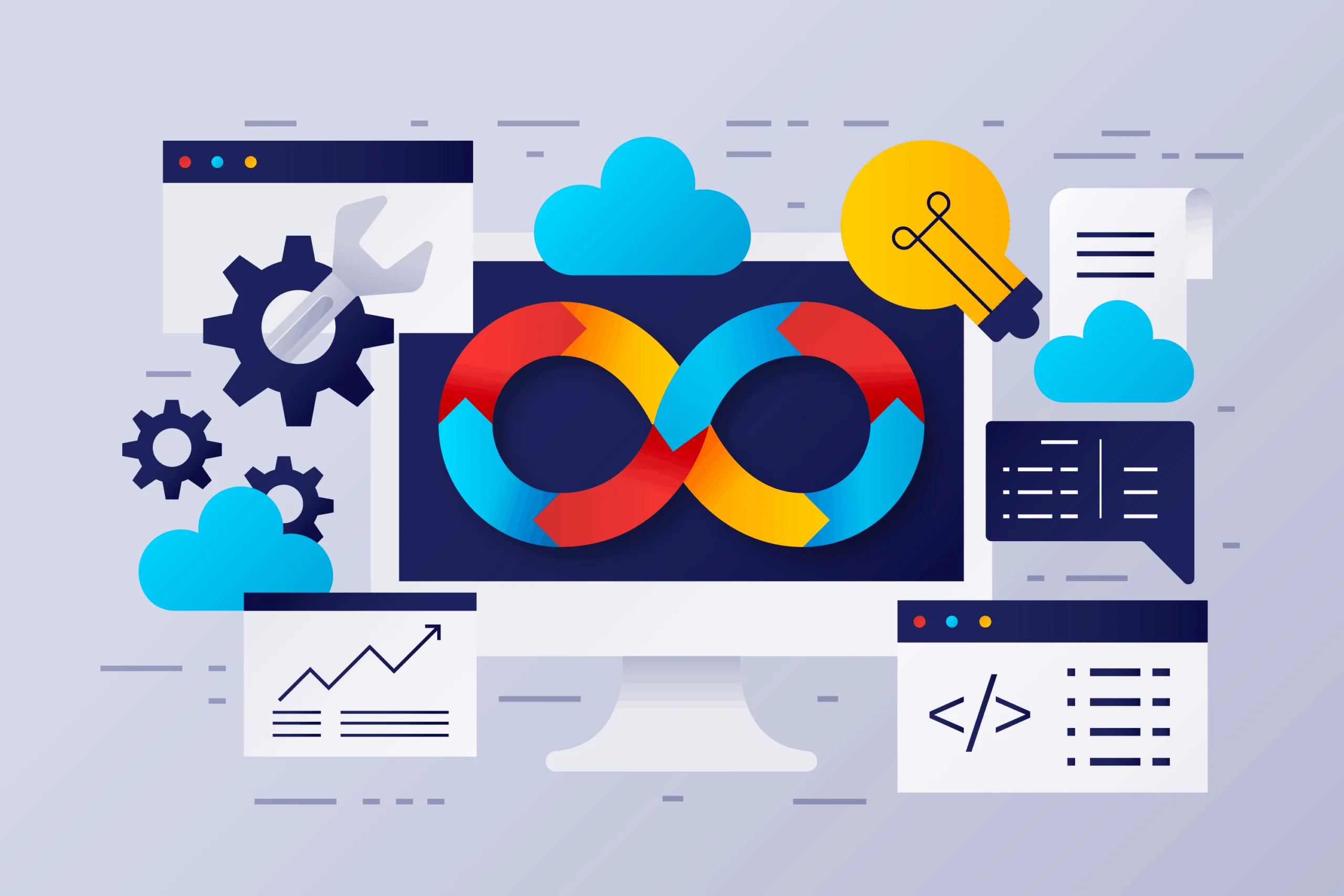Wondering how to use big data analytics to drive business decisions? This guide will help you convert vast amounts of data into actionable insights. You’ll learn the basics of big data analytics, key techniques, and real-life applications that can transform your decision-making process.
Understanding Big Data Analytics

Big data analytics refers to the techniques and technologies used to analyze vast amounts of data to uncover insights and inform business decisions. Technological advancements such as connectivity, mobility, the Internet of Things (IoT), artificial intelligence (AI), big data technologies, and big data tools have led to the rise of big data analytics.
Businesses gather data from various sources including customer interactions, factory sensors, and social media comments. Business leaders seek to turn a diverse range of information sources into concrete actions that drive success and enhance strategic decision-making.
What is Big Data Analytics?
Big data analytics is the process of preparing and processing complex, large-scale datasets to extract valuable insights. The characteristics of big data include:
- Volume
- Velocity
- Variety
- The presence of both structured and unstructured data types.
Methods associated with big data analytics include descriptive analytics, diagnostic analytics, predictive, and prescriptive analytics.
Key Differences Between Big Data and Traditional Data Analysis
Big data analytics and traditional analytics differ in several key ways:
- Big data analytics manages diverse data types including structured, semi-structured, and unstructured data.
- Traditional analytics primarily handles structured data in relational databases.
- Big data analytics processes enormous amounts of data with high complexity, making it suitable for dynamic environments.
- Traditional data management systems struggle with storing and processing such large datasets.
Big data analytics employs advanced data mining and processing frameworks like Hadoop, while traditional data analytics relies on statistical methods and SQL. The five V’s of big data analytics provide significant advantages, enabling insights that enhance decision-making in dynamic business environments:
- Volume
- Variety
- Velocity
- Veracity
- Value
The Role of Big Data in Business Decision-Making

Big data enables organizations to transform vast amounts of information from diverse sources into actionable insights that enhance decision-making, operational efficiency, and strategic direction. Incorporating big data analytics into business strategy involves converting raw data into meaningful outcomes, with leaders actively advocating for data-driven initiatives to set the tone for the entire organization. Companies leveraging big data analytics have seen productivity increase by 5% and profitability by 6%, and emerging technologies like generative AI are poised to further reshape competitive landscapes.
Leveraging Data for Smarter Decisions
Historical Data and Predictive Analytics
Analyzing historical sales and operational data uncovers trends that inform future strategies. Predictive analytics builds on this foundation by using machine learning, statistical models, and even synthetic datasets from generative AI to forecast market shifts and guide planning.
Enhancing Customer Experience
Big data insights enable tailored customer experiences aligned with evolving expectations. Visualization tools like Power BI turn complex datasets into clear, actionable visuals. Walmart refines inventory decisions through the daily analysis of millions of sales points, while Netflix uses behavioral data to personalize recommendations, boosting engagement and retention.
Making Big Data Work in Strategy
Successful implementation starts with clear goals, data visibility, and strong management practices. Big data supports faster product development, better resource allocation, and smarter decision-making—provided projects are well-planned and aligned with strategic objectives.
Building a Robust Data Ecosystem
Identifying and Integrating Data Sources
Effective strategies require sourcing both structured and unstructured data from CRM systems, social media, IoT devices, and transactional records. APIs enable seamless data transfer, while data warehousing consolidates sources for real-time analytics and streamlined reporting.
Preparing Data for Analysis
Data cleansing, transformation, and systematic organization are essential for accuracy. Integration tools merge multiple sources into unified, reliable datasets.
Leveraging Advanced Tools
Technologies like Hadoop and cloud computing manage scale and complexity, enabling real-time streaming, automated processing, and interactive dashboards. Machine learning further optimizes operations—Walmart’s predictive inventory management is a prime example.
Overcoming Implementation Challenges
Big data’s potential is often undercut by poor planning, unclear goals, insufficient skills, or incomplete data. Transitioning to a data-driven organization also demands cultural change and process reengineering.
Ensuring Data Quality
Regular audits, cleansing, and validation safeguard data accuracy—the cornerstone of trustworthy insights.
Addressing Security and Compliance
Automated compliance tools, strong encryption, and clear governance policies protect sensitive information and uphold privacy regulations.
Building a Data-Driven Culture
Leadership commitment is critical. Leaders must champion analytics in strategy, promote cross-department collaboration, and invest in data literacy training so employees can confidently interpret and apply insights. Breaking down silos and improving accessibility ensures that data can inform decisions at every level.
Future Trends in Big Data Analytics
AI and Machine Learning
AI-powered analytics is revolutionizing data processing with advanced pattern recognition, prediction, and adaptive learning capabilities. Natural language processing makes data interaction more intuitive, expanding access beyond technical teams.
Real-Time Data Streaming
Continuous intelligence allows organizations to act on the most current information, improving responsiveness and agility.
IoT and Edge Computing
The growing integration of IoT devices and edge computing enhances data collection, storage, and analysis, enabling faster, more localized insights.
Blockchain for Data Integrity
Combining IoT with blockchain delivers secure, transparent, and tamper-proof data management—particularly important for sensitive or high-value information.
Final thoughts
Big data analytics is a transformative tool that enables businesses to harness the power of vast amounts of data to drive informed decision-making, enhance operational efficiency, and improve customer experiences. By understanding the core concepts, implementing effective strategies, and overcoming common challenges, businesses can unlock the full potential of their data. As we look to the future, emerging technologies such as AI, machine learning, real-time data streaming, and blockchain will continue to shape the landscape of big data analytics, offering new opportunities for innovation and growth. Embracing a data-driven culture and fostering data literacy among employees will be essential for businesses to stay competitive and thrive in the dynamic world of big data.



